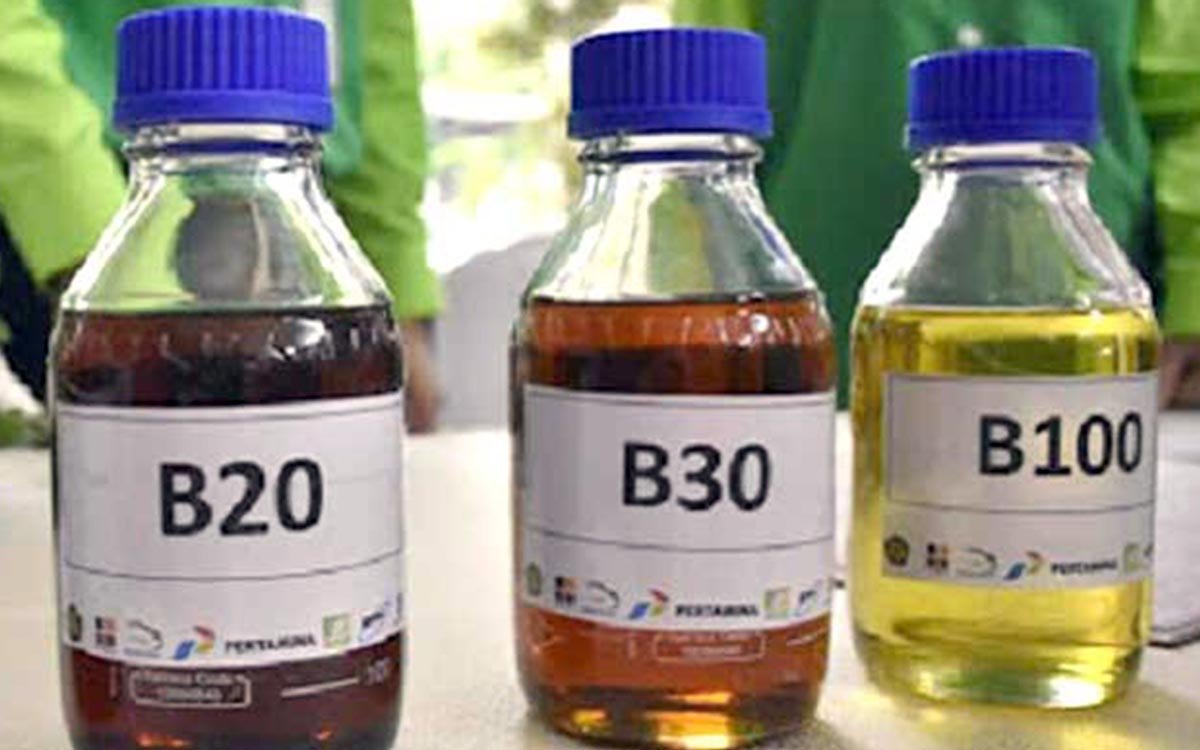PALMOILMAGAZINE, MEDAN – Researchers from Universitas Sumatera Utara (USU) have discovered a new method to produce sustainable palm-based biodiesel by utilizing waste from Indigofera zollingeriana leaves as a calcium oxide (CaO)-based catalyst. This innovation not only provides a cleaner energy alternative but also opens opportunities for advancing a circular economy in Indonesia.
The study, published in the Results in Engineering journal (2025 edition), was authored by Taslim, Silvia Nova, Renita Manurung, Iriany, Vikram Alexander, and Anggara Dwita Burmana. Titled Sustainable production of CaO rich-indigofera (Indigofera zollingeriana) as heterogeneous catalyst of biodiesel from refined bleached deodorized palm olein using associated transesterification process, the article highlights Indonesia’s efforts to reduce its dependence on fossil fuels by harnessing abundant local resources.
As the world’s largest palm oil producer, Indonesia has vast potential for biodiesel development. However, current biodiesel production relies heavily on chemical-based homogeneous catalysts, which are difficult to separate from the final product and often generate liquid waste. The USU research team offers a solution by using heterogeneous catalysts derived from indigofera leaf ash, which is calcined at high temperatures to produce CaO.
Also Read: Indonesia’s B50 Biodiesel Plan Faces Warnings of Technical and Market Risks
“This approach addresses two issues at once: energy and sustainability. It’s not only about biodiesel, but also about how we can leverage local resources that are cheap, abundant, and environmentally friendly,” explained Taslim, one of the lead researchers, as quoted by Palmoilmagazine.com from USU on Wednesday (24/9/2025).
Laboratory tests showed that the indigofera-based catalyst effectively converted refined bleached deodorized palm olein (RBDPO) into biodiesel that meets international standards. The catalyst can also be reused multiple times without significant performance loss, while producing far less waste compared to conventional catalysts.
Interestingly, indigofera is known as a fast-growing plant that does not compete with food crops and is commonly used as animal feed. By utilizing its leaf waste, researchers added new economic value without disrupting existing supply chains. If further developed, the production of this catalyst could involve rural communities in collecting, drying, and processing the leaves—creating new employment opportunities.
Despite promising results, the research team acknowledged challenges such as the high energy required for the calcination process and the need for long-term industrial-scale testing of catalyst durability. Still, they remain optimistic that this research could serve as an important foundation for advancing greener renewable energy.
“Biodiesel is often called the fuel of the future. But to be truly sustainable, its production process must also be environmentally friendly. That’s what we are trying to demonstrate with indigofera,” Taslim added.
This study reinforces the idea that clean energy innovation can arise from simple, overlooked resources. By turning agricultural waste into catalysts, Indonesia positions itself not just as a consumer, but also as a producer of knowledge and technology in the global energy transition. (P2)
